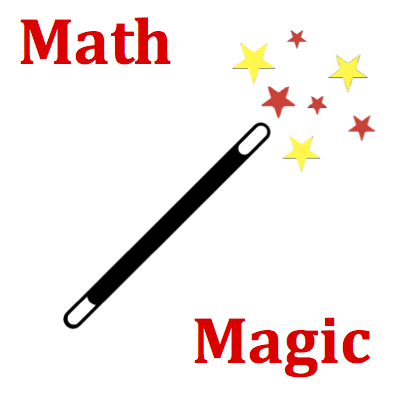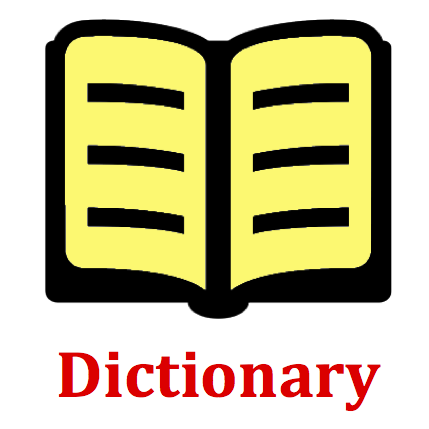Hold down the T key for 3 seconds to activate the audio accessibility mode, at which point you can click the K key to pause and resume audio. Useful for the Check Your Understanding and See Answers.
Mission VP4 Adding Right Angle Vectors - Question Group 8 Help

An ant walks 4.8 meters due west and then 2.9 meters due north. The direction of the ant's displacement is ____ degrees. (Use the counterclockwise from East convention.)
(Note: Numbers are randomized numbers and likely different from the numbers listed here.)

There are a several conventions for expressing the direction of a vector. The convention used here is the counterclockwise (CCW) from East convention (see Dictionary section). It is possible that a student could do all his/her math correctly but miss the question because he/she failed to use the CCW convention.

The head-to-tail method of vector addition should be used to create a rough sketch of this physical situation. In this method, the first vector (4.8 meters, west) is sketched (not to scale) in its indicated direction. The second vector (2.9 meters, north) is then sketched (not to scale) starting at the head (arrowhead) of the first vector. The resultant vector is then drawn from the tail of the first vector to the head of the last vector. A trigonometric function can then be used to calculate the angle which the axis makes with one of the nearest axes (see Math Magic section).

The trigonometric functions sine, cosine and tangent can be used to express the relationship between the angle of a right triangle and the lengths of the adjacent side, opposite side and hypotenuse. The meaning of the three functions are:
cosine Θ = (length of adjacent side / length of hypotenuse)
tangent Θ = (length of opposite side / length of adjacent side)

- Sketch the first vector (4.8 meters, west) in the appropriate direction. Place an arrowhead at the end of the vector and label the vector's magnitude on the sketch.
- Starting at the arrowhead of the first vector, draw the second vector (2.9 meters, north) in the appropriate direction and to the approximate length. Put an arrowhead at the end of the vector and label the vector's magnitude on the sketch.
- Draw the resultant vector from the tail of the first to the arrowhead of the second vector. Label the vector as R(for resultant) and put an arrowhead at the end of the resultant vector.
- Label the angle between the resultant vector and the horizontal leg of the triangle as angle theta ( Θ).
- Since the two vectors being added and the resultant form a right triangle, SOH CAH TOA can be used to calculate the angle Θ (see Math Magic section). The tangent function can be used to relate the angle to the length of the horizontal and vertical legs of this right triangle.
- The angle Θ is the angle between the resultant R and the west direction (if you have followed the strategy described above). Thus, Θ is NOT the answer to the question since you are to state the direction using the counterclockwise from East convention (see the Dictionary section). Since Θ is the angle between west and the resultant, the angle between the resultant and east as measured counterclockwise is 180 degrees - Θ.

The direction of a vector is often expressed using the counterclockwise (CCW) convention. According to this convention, the direction of a vector is the number of degrees of rotation that the vector makes counterclockwise from East.
